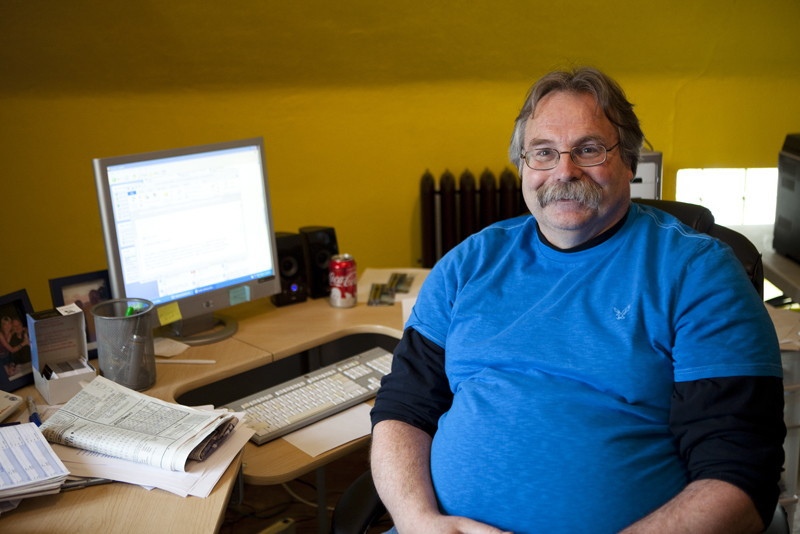Approved field house means big changes for university and community
Changes in parking location and a community charter planned
The University of Winnipeg’s Board of Regents approved the construction of the $40 million Field House, Health and Wellness complex at the end of February, weeks earlier than originally planned.
While a Winnipeg Free Press article said the project was to be tabled at the March 26 board meeting, it was presented and approved at a special board meeting on Tuesday, Feb. 28.
University president and vice-chancellor Dr. Lloyd Axworthy said the special meeting was arranged to ensure construction of the field house could begin on time.
“Looking to when we want to have the whole complex opened for the fall session in 2013, we were up against a fairly tight time schedule,” Axworthy said.
Axworthy couldn’t give exact numbers on votes for and against the project, but said approval was “pretty much unanimous.”
A parking complex that was part of the original plan as a source of revenue has been moved from the plan, and is not expected to bring in profits, Axworthy said.
“When the design came out, it was too big a building,” he said. “You don’t make much revenue on parking. If it pays for itself, that’s fine.”
Axworthy couldn’t confirm the new parking complex location. He hopes a proposal for the parking site will be ready for the board by June.
“It’s a pretty simple structure to construct. We don’t need to do a lot of preparation for that,” he said.
The university will be leasing field house space at roughly $20 per square foot and has received letters of intent from a pharmacy, medical clinic, yoga club and food concessions, he said.
“We see this as providing a pretty holistic view - diet, nutrition, exercise - that will really be a unique facility in the downtown,” said Axworthy.
According to Axworthy, facility time will be split evenly among athletic groups renting space, academic activities such as kinesiology practicums and intramural sports, and community use.
Community Charter
“It enhances our academic capacity but it also opens up a whole new range of services and a new set of relationships with the community,” said Axworthy.
Axworthy hopes to engage inner-city youth by allowing community groups to use the space for sports and other activities.
“ We see this as providing a pretty holistic view: diet, nutrition, exercise, that will really be a unique facility in the downtown.
Lloyd Axworthy, president, University of Winnipeg
Axworthy conceded that similar promises made during construction of the Duckworth Centre proved disappointing.
“The past history with Duckworth was not a good one, where a promise was made and then reneged on,” he said.
The Coalition of Community-Based Youth-Serving Agencies, a group of 18 agencies including the West Central Community Program and West Broadway Youth Outreach, are in negotiations with the university to create a community charter that would guarantee access.
Mark Titheridge, executive director of the West Central Community Program, was around to see expectations of the Duckworth Centre rise and fall.
“Last time there was nothing signed, it was general understandings,” said Titheridge.
Titheridge worries the university’s choice to design the new building without windows or doors facing the surrounding community suggests it might not be as welcoming as they hope.
“You can’t look in to see what’s going on, there isn’t a door on Young Street that says community access, welcome, come on in,” he said.
Titheridge would like to see the university have greater involvement in community programs.
“We’re certainly anxious with the university to do some outreach, having practicum students to go out to the various programs, clubs, (and) help develop an interest and some skill sets,” said Titheridge.
Ken Opaleke, director for West Broadway Youth Outreach, was surprised and excited to hear construction of the facility had been approved.
Currently, kids in his program play soccer on fields at neighbouring schools when weather and scheduling permits, which is only about 20 per cent of the time.
“It’s going to be huge. Being able to go into a facility like that and play sports, it’s going to send a message to the kids that yes, you can go beyond kicking a ball around on a neighbourhood field,” said Opaleke.
Published in Volume 66, Number 22 of The Uniter (March 7, 2012)








